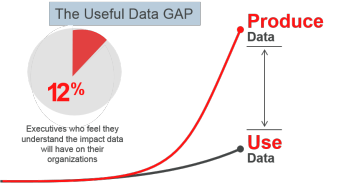Predictive Analytics 101 by Ravi Kalakota.
From the post:
Insight, not hindsight is the essence of predictive analytics. How organizations instrument, capture, create and use data is fundamentally changing the dynamics of work, life and leisure.
I strongly believe that we are on the cusp of a multi-year analytics revolution that will transform everything.
Using analytics to compete and innovate is a multi-dimensional issue. It ranges from simple (reporting) to complex (prediction).
Reporting on what is happening in your business right now is the first step to making smart business decisions. This is the core of KPI scorecards or business intelligence (BI). The next level of analytics maturity takes this a step further. Can you understand what is taking place (BI) and also anticipate what is about to take place (predictive analytics).
By automatically delivering relevant insights to end-users, managers and even applications, predictive decision solutions aims to reduces the need of business users to understand the ‘how’ and focus on the ‘why.’ The end goal of predictive analytics = [Better outcomes, smarter decisions, actionable insights, relevant information].
How you execute this varies by industry and information supply chain (Raw Data -> Aggregated Data -> Contextual Intelligence -> Analytical Insights (reporting vs. prediction) -> Decisions (Human or Automated Downstream Actions)).
There are four types of data analysis:
- Simple summation and statistics
- Predictive (forecasting),
- Descriptive (business intelligence and data mining) and
- Prescriptive (optimization and simulation)
Predictive analytics leverages four core techniques to turn data into valuable, actionable information:
- Predictive modeling
- Decision Analysis and Optimization
- Transaction Profiling
- Predictive Search
…
This post is a very good introduction to predictive analytics.
You may have to do some hand holding to get executives through it but they will be better off for it.
When you need support for more training of executives, use this graphic from Ravi’s post:

That startled even me. 😉